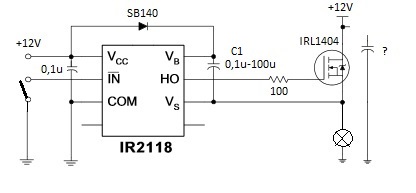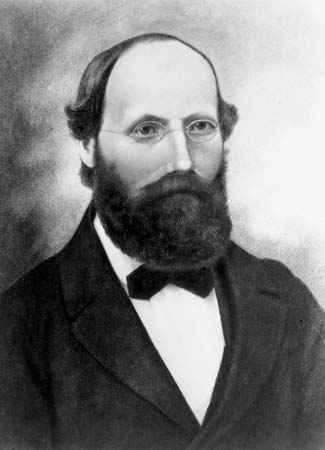Ein aus neun Kästchen bestehendes Sudoku-Rätsel ist sehr schnell zu lösen, im Gegensatz zu einem, das aus 1Kästchen besteht. Der Mathematiker Norbert Blum von der Universität Bonn hat vor wenigen Tagen. Probleme werden mit wachsender Größe komplizierter. Aber was bedeuten P und NP ? Ist ein Problem in P oder NP ? Frage von deren Antwort abhängen kann, ob die Berechnung der exakten Lösung ein paar Stunden dauert oder so lange wie das Universum alt ist. Ein Beispiel aus dem Alltag: Man will über den Tag verteilt noch einige Sachen erledi.
NP bedeutet: Schwer zu lösen, leicht zu prüfen. Es ist beileibe nicht nur wissenschaftlich wichtig, betrifft es doch die. Das Problem zu entscheiden, ob zwei Graphen zueinander isomorph sind ( Graphisomorphieproblem ), ist ebenfalls in NP und es ist nicht bekannt, ob es NP -vollständig ist. The P versus NP problem is a major unsolved problem in computer science.
It asks whether every problem whose solution can be quickly verified can also be solved quickly. It is one of the seven Millennium Prize Problems selected by the Clay Mathematics Institute, each of which carries a US$000prize for the first correct solution. Dann läge auch NP in P, die beiden Klassen wären also identisch: P=NP. Kein Mensch weiß, ob das so ist.

Ob allerdings P eine echte Teilmenge von NP ist, weiß man nicht. Dies ist die bekannteste ungelöste Frage der Informatik. Travelling-Salesman-Problem. Was für den Laien doch recht esoterisch klingt. NP is the set of all the decision problems that are solvable by non - deterministic algorithms in polynomial time.
Since deterministic algorithms are just the special case of non - deterministic ones, so we can conclude that P is the subset of NP. Relation between P and NP. Ein NP -schweres Problem ist also mindestens so schwer wie das schwerste Problem in NP. Wenn es gelingt, auch nur für ein einziges NP -vollständiges Problem p einen deterministischen polynomiellen Algorithmus zu finden.

Der Beweis dafür ist allerdings noch niemandem geglückt. Da man in der Vorlesung nur P , NP , NP -hart und NP -vollständig kennen lernt, beschränke ich diesen Beitrag auch auf diese Klassen. Hier findet man eine Übersicht über die weiteren Klassen Link.
NP problems have their own significance in programming, but the discussion becomes quite hot when we deal with differences between NP , P , NP -Complete and NP -hard. P and NP - Many of us know the difference between them. Info finden auf Internetcorkboard.

Hier haben wir alles, was Sie brauchen. P versus NP problem , in full polynomial versus nondeterministic polynomial problem , in computational complexity (a subfield of theoretical computer science and mathematics), the question of whether all so-called NP problems are actually P problems. So what then, is the P versus NP problem ? For the recor the status quo is that P ≠ NP. P (polynomial time) refers to the class of problems that can be solved by an algorithm in polynomial time. Problems in the P class can range from anything as simple as multiplication to finding the largest number in a list.
They are the relatively ‘easier. NP problems are checkable in polynomial time means that given a solution of a problem , we can check that whether the solution is correct or not in polynomial time. So till now you have got what is NP and what is P. Now we will discuss about NP -Complete and NP -hard. Take two problems A and B both are NP problems. Reducibility- If we can convert one instance of a problem A into problem B ( NP problem ) then it means that A is reducible to B. You may have heard the description NP -complete.
However, there remain a large number of problems in NP that defy such attempts, seeming to require super-polynomial time. Whether these problems are not decidable in polynomial time is one of the greatest open questions in computer science (see P versus NP ( P=NP) problem for an in-depth discussion).
Keine Kommentare:
Kommentar veröffentlichen
Hinweis: Nur ein Mitglied dieses Blogs kann Kommentare posten.